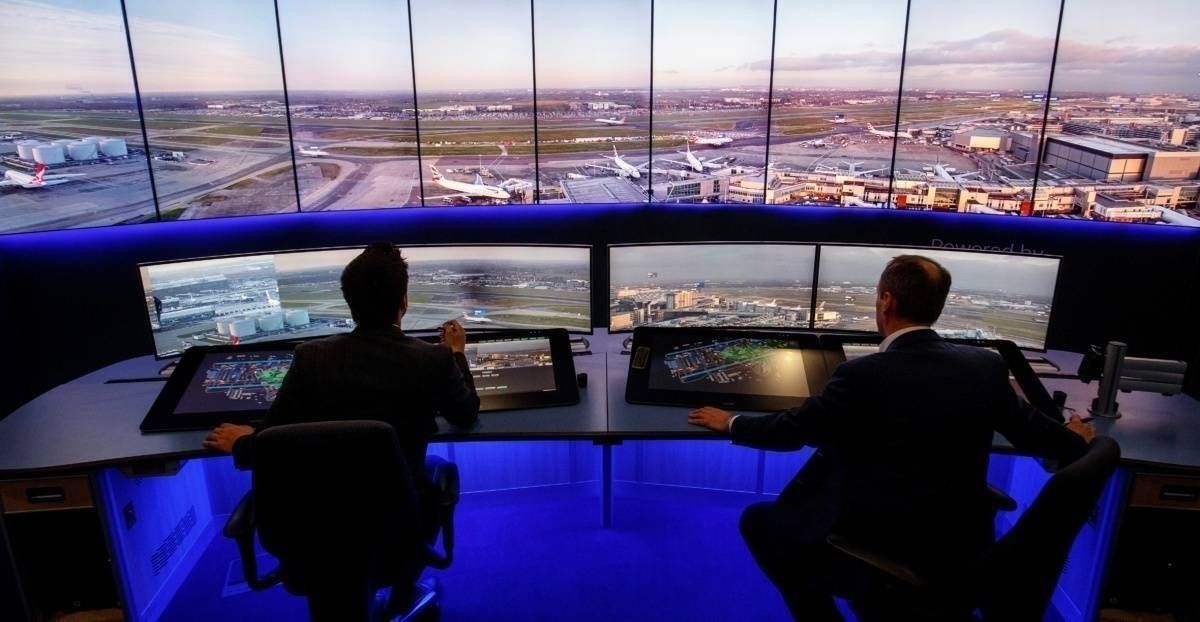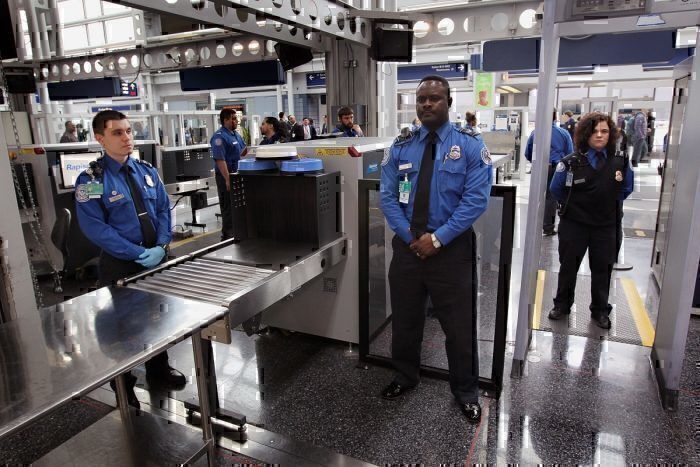As commercial aviation strives to minimize human contact in a bid to make passengers and staff feel safe in the post-pandemic era, what better time to take a look at what is going on with Artificial Intelligence in the realm of air travel? Previously accused of being slow in its application, AI in the aviation market is now expected to grow from $152.4 million in 2018 to $2.2 billion by 2025.
"FLY AI"
In March this year, the European Aviation High Level Group on AI published its first "FLY AI" report. The document pools the expertise of EUROCONTROL with that of several key actors such as air navigation service providers, airlines, airports, plane manufacturers, EU bodies, military, and more.
"With European aviation facing growing pressure to reduce its environmental impact, as well as persistent capacity bottlenecks, we need more sophisticated changes on the ground and in the air (...). Artificial Intelligence can be a key ally in pursuit of this goal," Adina Valean, European Commissioner for Transport, commented on the report.
"FLY AI" found that Artificial Intelligence has a huge potential for use in areas that feature complex scenarios, such as the optimization of support for Air Traffic Controllers (ATCOs), Air Traffic Safety Electronics Personnel (ATSEPs), pilots, airport operators, flow controllers or cybersecurity officers.
For example, in 2019, air traffic management service NATS began a trial at Heathrow Airport to see if the use of ultra HD 4K cameras combined with machine learning technology, could be used to help improve the airport's landing capacity in times of low visibility and improve punctuality.
In 2018, Rodin Lyasoff, CEO at A³ by Airbus, the manufacturer's Silicon Valley innovation center, according to Forbes, said that areas such as taxiing and ground operations are "ripe for disruption" through AI capabilities.
Software for security
Also last year, AI security company Synapse Technology announced the release of the first patented AI platform for X-ray machines, called Syntech ONE 200. A software designed to improve the effectiveness of check-point scanners, it has already been ordered by Osaka's Kasai International Airport.
Wide range of application
Even though aviation has sometimes been accused of lagging behind other areas in its use, AI has already brought some significant changes to how flights are operated. Thus far, it is widely implemented by airlines and airports for facial recognition, customer Q&A, baggage check-in, factory space, and fuel optimization.
However, its application areas are much broader. Mostly, it comes down to the same objectives, namely cost-efficiency and the improvement of customer experience.
Aircraft management is an arduous task that, if done inefficiently, can cost a carrier enormous amounts of cash. AI systems can predict when maintenance is required, helping airlines optimize service. Like when Delta Air Lines slashed its maintenance delays by 98% in 2018 by focusing on Big Data and predictive maintenance, as reported by Forbes.
Ticket prices and crew management
AI algorithms could also help airlines optimize ticketing prices, which are built on multiple parameters such as seasonality, fuel prices, competition, etc. Faculty, a British company specialized in AI solutions, has developed an AI model that was able to provide forecasts that were between 70% and 80% accurate up to 90 days before every flight
Then there is crew management. Factors such as certification, availability, and qualification of pilots, flight attendants, and engineers must all be taken into account. To schedule and re-schedule staff using an AI-based roster system would increase HR efficiency and hopefully optimize layovers for crew.
Will R&D suffer?
Before the pandemic struck, 52% of airlines were planning major AI R&D programs within the next three years, and 45% of airports in the next five, according to Aviation Business News.
Business and technology grow together. As commercial airlines struggle to make a comeback after the worst crisis ever to hit the industry, they would do well to look towards the future and not pull back from investing in innovation.



